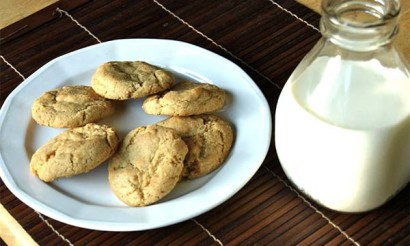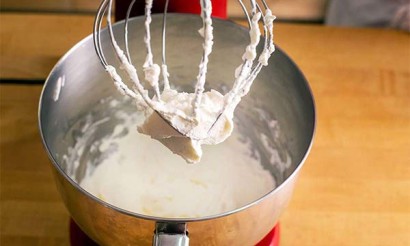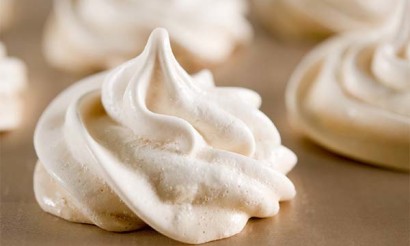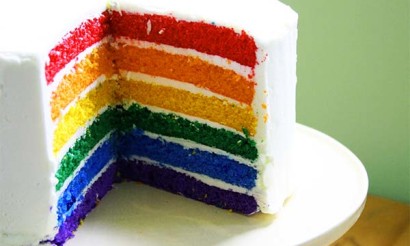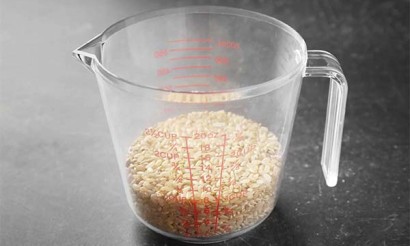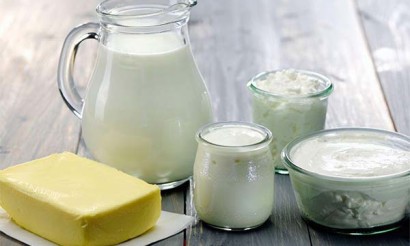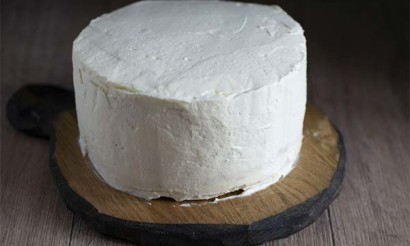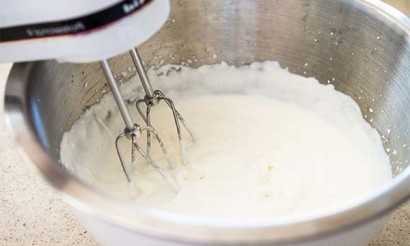Which whites whip better: warm or cold?
Marshmallows, airy meringue, icing for cakes, meringue, cream and biscuits for cakes - this is not a complete list of desserts prepared on the basis of whipped whites. To make treats at home, you need to choose correctly, prepare raw materials, learn the step-by-step whipping.
- Which eggs are better whipped: cold or warm?
- How to beat eggs properly
- Stages of whipping egg whites
- The separation of egg white from egg yolk
- Initial beating stage
- Beating to soft peaks
- Delivering sharp or hard peaks
- Why the whites won't beat
- Unfatigued utensils
- Wrong proportions of ingredients
- Use of cooled whites
- Incorrect selection and incorporation of sugar
- Wrong whipping speed
Are eggs beaten better when cold or warm?
Chilled eggs are easier to break up and, contrary to popular belief, warm whites are easier to beat.
If you work with the product straight from the fridge, you can get a dense foam, but less lush, quickly losing volume. Sharp stable peaks are obtained from eggs heated to room temperature.
At t- 21°C the protein structure liquefies and is more easily enriched with oxygen. Swiss meringue is made in a water bath, where the whites are heated to 55 degrees. As a result, their properties change, hydrogen bonds with sugar are formed, the protein foam is stable and does not fall off.
How to beat eggs correctly
To get a lush meringue, take into account several nuances:
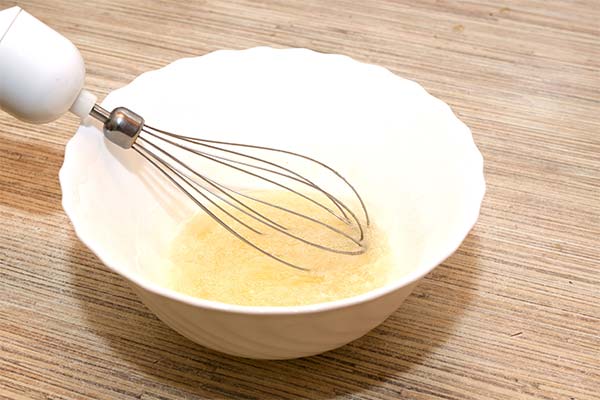
- The freshness of the eggs. The protein in the product immediately from under the chicken is very dense, thick, and does not lend itself well to whipping. Over time, it liquefies, the structure becomes thinner, and gets oxygenated faster. The best choice for pastry needs are eggs 5-7 days old. You can age the protein artificially. It is carefully separated from the yolk, placed in the refrigerator in an open bowl for a couple of days, or passed through a fine sieve.
- Kitchen equipment. If even a drop of fat gets into the bowl for whipping, stable dense peaks will not turn out. Before working, the container under the protein mass and the mixer whiskers are thoroughly cleaned with water and detergent, dried, wiped with a napkin moistened with vinegar. For whipping meringue, pastry chefs recommend using copper cookware, which produces the most fluffy foam. If you do not have it, use glass, ceramic or stainless steel containers with a round bottom. In aluminum bowls because of the oxidation of the protein mass becomes gray. Plastic dishes have a porous structure, which is difficult to completely degrease.
- Timely introduction of sugar. Sugar or powdered sugar is introduced in portions and not immediately, but after whipping the whites to soft peaks.
- Stabilization of the protein foam. Salt, vinegar, lemon juice, tartar are additional ingredients that prevent whipped egg whites from falling. Salt is added at the beginning of the work, acid that binds protein cells - after the formation of foam closer to the end of the work.
Stages of whipping egg whites
The egg whites are beaten with a whisk, which requires tremendous effort, a hand or a stationary mixer.
Stages of obtaining stable peaks:
Separating the whites from the yolk.
Pastry chefs recommend using a separator. If you don't have one, you'll need two bowls. Put the egg in the palm of your hand, break the shell across closer to the center with the tip of a knife. Over the bowl, divide the egg into two halves so that the yolk is in one of them. Pour the white from the second shell into the bowl, transfer the yolk into the freed half. Repeat until all the egg white is out. Pour the yolk into the second bowl. If some of the yolk gets into the white, take another egg, repeat everything again.
Initial Whipping Stage
Turn the mixer on medium speed, whip the egg whites with a pinch of salt, enriching them with oxygen. When the mixture becomes cloudy and starts to foam, increase the speed. Continue to use the mixer until large bubbles appear. At this stage, the foam is unstable, quickly dripping from the whisk raised up.
Beat until soft peaks.
In small portions, thinly pour in granulated sugar or powdered sugar. Move the nozzles of the mixer or blender all over the foam from bottom to top, taking in more air. Soon the bubbles will be smaller and the foam will be whiter and denser. Proteins are considered whipped to soft peaks if they linger on the whisk, but do not retain their shape.
Obtaining a sharp or stiff peaks
To ensure that the foam stabilizes and does not fall off over time, continue beating the whites with the sugar. You can tell if the peaks are firm by the lushness, density of the foam, and the appearance of gloss. On a raised nozzle, the protein-sugar mixture forms a sharp, stable peak that holds its shape well.
If you continue whipping further, the meringue will lose elasticity, will stick to the whisk in dry flakes. The structure will become grainy, the protein will begin to curdle as if it were heated.
Why the whites won't whip
Common mistakes when whipping egg whites:
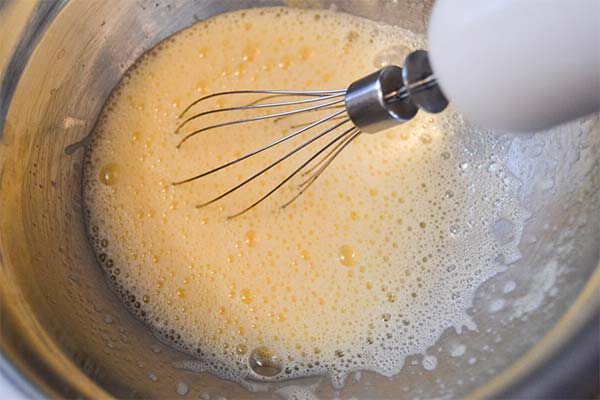
Unwhipped cooking utensils
Utensils must be perfectly clean and dry. Grease, water left on the utensils, nozzles or caught in it during the whipping process, destroy the structure of the protein, prevent the formation of foam. To be sure in the cleanliness of the equipment, wipe it with vinegar, citric acid or alcohol.
It is also inadmissible to get into the whipping bowl part of the yolk, which contains 30% of fats.
Incorrect proportions of ingredients
Sugar is added 2 times the weight of the main ingredient. For 30 g of protein contained in one medium egg, take 60 g of finely ground sugar.
Using chilled whites
A chilled product is denser, does not whip well and gets oxygenated. Protein taken from the refrigerator can be used only for Swiss meringue, which is prepared in a steam bath.
To heat the eggs faster, they are lowered into a container of warm (not hot) water.
Wrong sugar selection and additives
Whites whip better and faster with finely ground sugar. When choosing powdered sugar, pay attention to the composition. It should contain nothing but the sugar itself.
The meringue will not turn out airy and stable due to the introduction of the ingredient early. In this case, the protein mass will not have time to enrich with oxygen, it will turn out unfluffy and unstable.
If you add sugar quickly, the molecular bonds with the protein will be fragile, the mixture will remain soft and slightly increase in volume.
Whipping Speed Violation
Whipping the whites at maximum power disturbs the structure and increases the risk of ruining the meringue. Overcracked whites lose their shine, elasticity, lumpiness and delamination.
If you can't whip the whites into a lush stable foam, take the advice of experienced cooks.
«Important: All information on this site is provided for informational purposes only. for information purposes. Consult with a culinary professional before using any of the recommendations. specialist before applying any of the recommendations. Neither the editors nor the authors shall be liable for any possible harm caused by materials."

